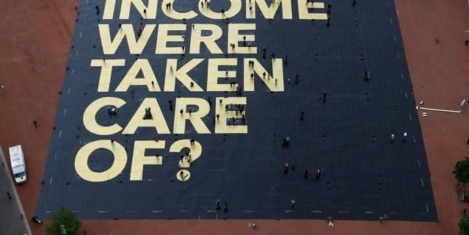September 13, 2017
Ethnic minority leaders believe institutional prejudice still rife in UK workforce

The majority (82 percent) of ethnic minority leaders believe there is institutional prejudice against minorities in the workforce in the UK; and almost one in five (18 percent) of these leaders have personally experienced workplace discrimination in the last two years. A report from Green Park, ‘Changing the Face of Tomorrow’s Leaders: Increasing Ethnic Minority Representation in Leadership’ claims that while 60 percent of ethnic minority leaders believe institutional racism has moved up the organisational agenda in recent months, two thirds of these respondents say the language is emotive and makes people uncomfortable. When tackling the issue of racism many firms are struggling to find an appropriate dialogue and language. When it comes to ethnic minority board level representation, just 2 percent of companies surveyed are meeting their identified targets. Over a fifth (22 percent) of firms admitted being unaware of current progress towards diversity targets and 18 percent did not know there to start. More than one in ten (13 percent) have a ethnic diversity target but no strategy, while 9 percent are simply replicating their gender diversity strategy.









 In the same week that Gartner offered some useful insights into the building blocks for a successful
In the same week that Gartner offered some useful insights into the building blocks for a successful 



















